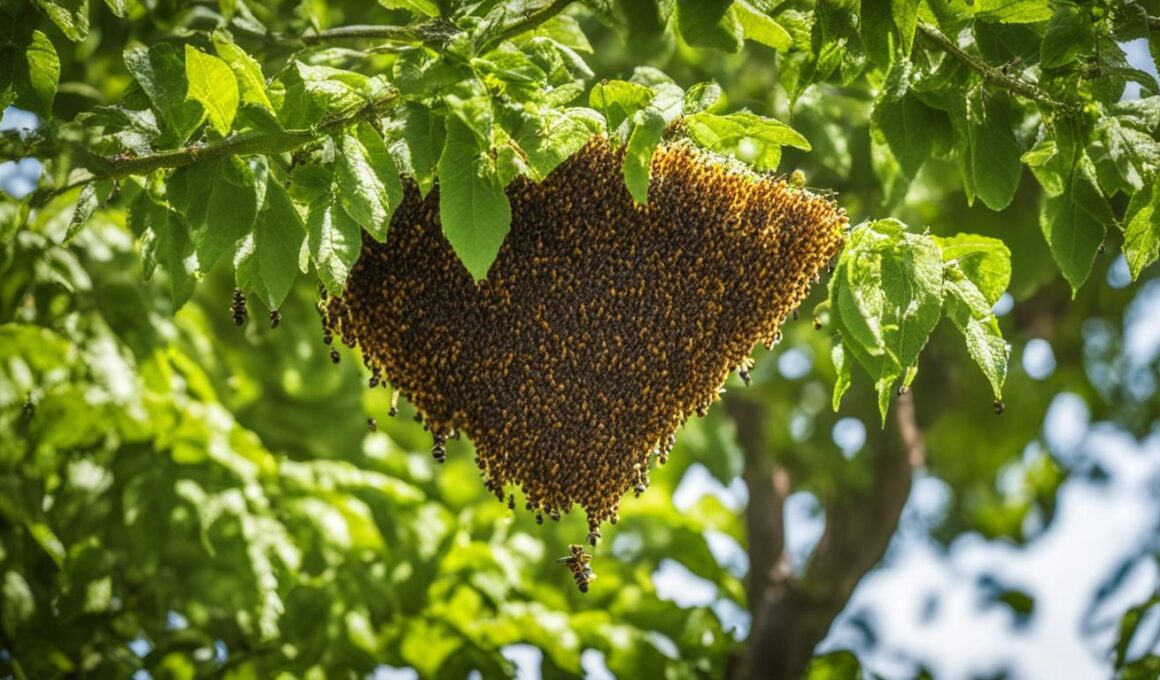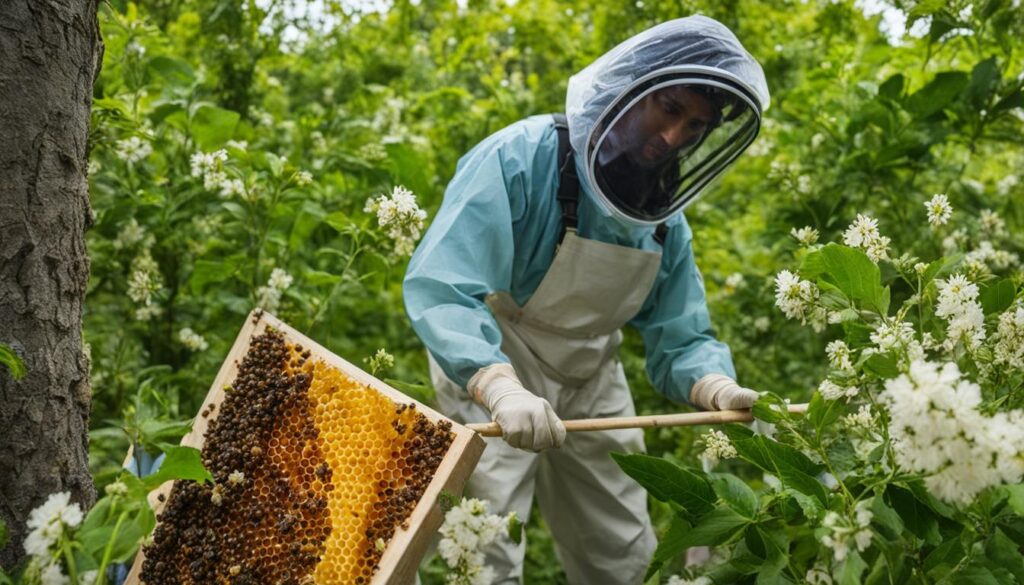Discover how to safely remove a bees nest and prevent future infestations in and around your home. Bees nesting in trees can pose various challenges, such as fear for children, discomfort from stings, and allergic reactions. Understanding the different types of bees that may choose to nest in your home, including honey bees, yellowjackets, paper wasps, carpenter bees, and European hornets, is essential for effective removal and prevention strategies.
Home remedies can be an option for bees nest removal, such as using nest spray, powder dust, or vinegar. For those interested in natural alternatives, repellent plants like cucumber, pennyroyal, eucalyptus, peppermint, citronella, and cloves can help deter bees. However, caution should be exercised to avoid skin contact and ensure the safety of both humans and bees during removal attempts.
If DIY methods prove ineffective or if you prefer professional assistance, it is advisable to contact a pest control company specializing in bee nest removal. They have the expertise and knowledge to safely remove the nest and ensure the well-being of both occupants and bees.
Understanding the importance of bees to our ecosystem and recognizing when it becomes necessary to remove a bees nest will allow you to make informed decisions on how to handle these situations. Prioritizing safety and the preservation of bees’ vital role in nature ensures a harmonious coexistence.
Why Are Bees Important and When Should You Remove a Bees Nest?
Bees are crucial for our ecosystem as they play a vital role in pollinating plants and producing honey. However, there are situations when removing a bees nest becomes necessary. Concerns such as the risk of bee stings, particularly for individuals with bee allergies, and the potential aggression of bees when protecting their nest are reasons to consider nest removal. It’s important to be mindful of signs that indicate when a bees nest may become problematic, such as increased bee activity, the presence of a swarm, or the nest’s location on or within your property. When removing a bees nest, the safety of both humans and bees should be prioritized. Avoid using pesticides or attempting DIY removal methods, as these can be hazardous. Instead, it is advisable to contact a professional bee removal service that can safely and ethically relocate the bees to a more suitable habitat.
Effective Techniques for Removing Bees Nests
When it comes to removing bees nests, there are several effective and safe techniques you can use. One option is to call a professional bee control service that specializes in handling bees and can remove the nest without causing harm to the bees. These experts have the experience and knowledge to relocate the bees to a new hive away from your home, ensuring their safety and yours.
Another method for removing bees nests is to use nest spray or powder dust. These products can paralyze and eventually kill the bees. It’s important to use them with caution and follow the instructions carefully. Make sure to wear protective clothing and apply the spray or dust at night when most of the bees are inside the nest. This will minimize the risk of bee stings and increase the effectiveness of the removal process.
In addition to chemical methods, there are natural remedies that can help repel bees and remove their nests. Vinegar, for example, can be used to drown bees or spray the nest, making it unlivable for them. Bee traps are another option, allowing you to catch bees without causing harm. If you prefer a more holistic approach, certain plants like cucumber, pennyroyal, eucalyptus, peppermint, citronella, and cloves can act as effective bee repellents.
It’s important to choose the removal method that aligns with your goals. Whether you want to remove the bees safely or relocate them to a different area, consider the different techniques available and their impact on the bees. If none of these methods prove effective or you simply prefer professional assistance, it’s best to contact a reputable bee removal service. They will ensure the successful and safe removal of bees nests from your property, giving you peace of mind.
Should I Be Concerned About White Moths in My Garden If There’s a Bee Nest in a Nearby Tree?
Yes, you should be concerned about white moths in your garden if there’s a bee nest in a nearby tree. White moths can be a threat to your garden as they lay eggs that hatch into destructive caterpillars. This can lead to damage to your plants and flowers, which is a concern when bees are in the vicinity.










